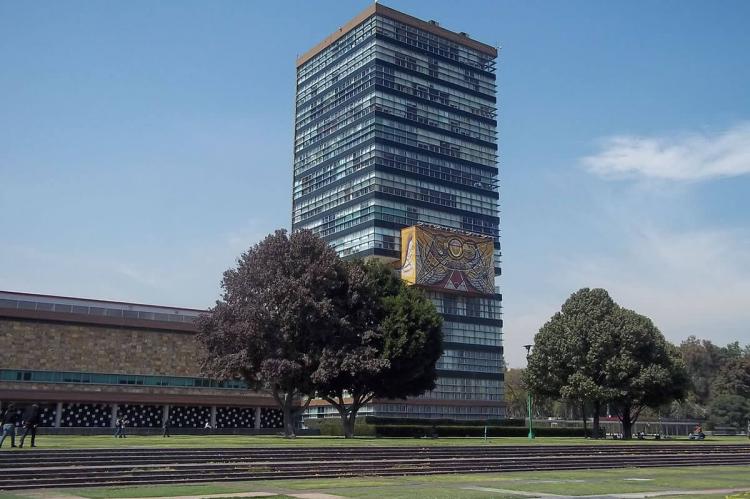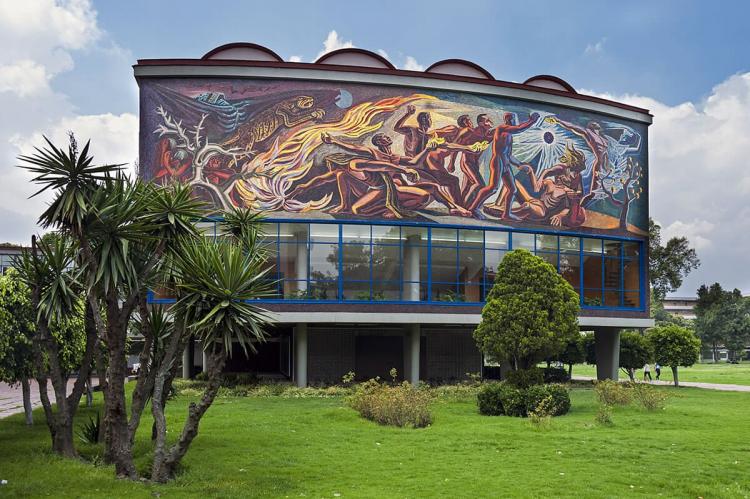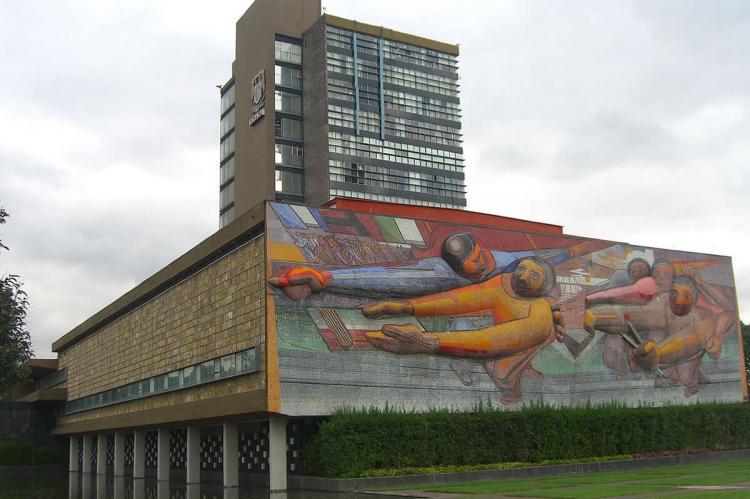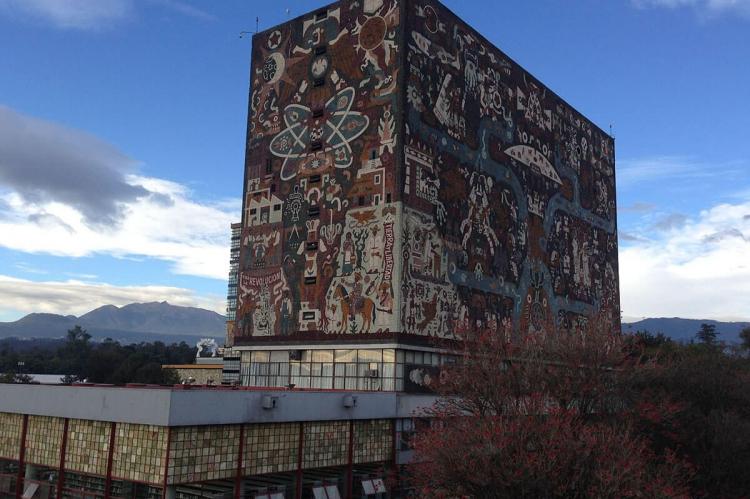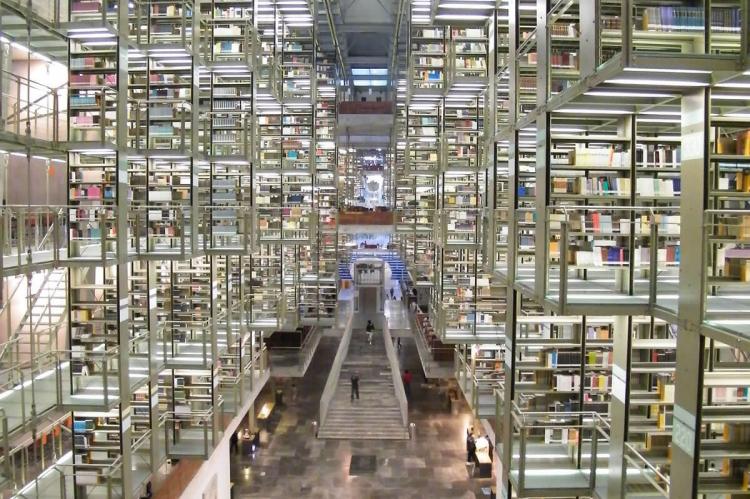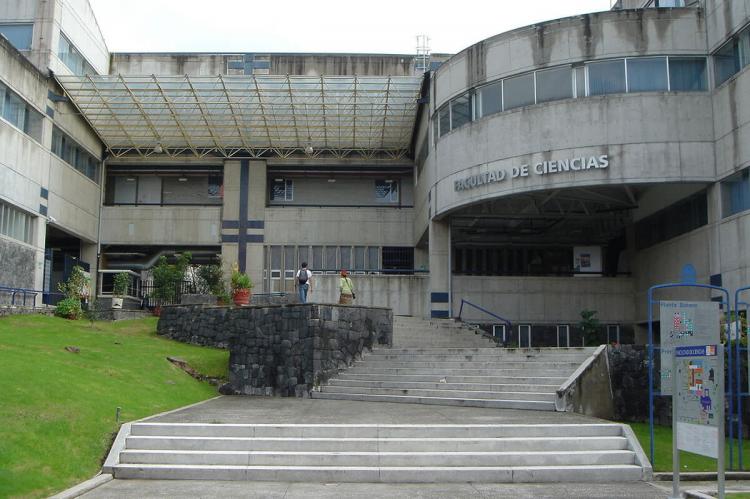Ciudad Universitaria: UNAM (Mexico)
Nestled in the southern expanse of Mexico City, Ciudad Universitaria, the main campus of the National Autonomous University of Mexico (UNAM), stands as a beacon of academic excellence and cultural vibrancy. More than just a university campus, it is a living testament to 20th-century modernism.
Ciudad Universitaria
Nestled in the southern expanse of Mexico City, Ciudad Universitaria, the main campus of the National Autonomous University of Mexico (UNAM), stands as a beacon of academic excellence and cultural vibrancy. Its proximity to the charming borough of Xochimilco imbues the experience with a unique blend of urban dynamism and natural splendor, inviting students and visitors alike to delve into the heart of Mexican identity.
A Symphony of Modernism
More than just a university campus, Ciudad Universitaria is a living testament to 20th-century modernism. Architects Mario Pani and Enrique del Moral meticulously crafted a space where urban planning, architecture, engineering, landscape design, and fine arts merge into a harmonious symphony. The Olympic Stadium, a majestic echo of ancient Olympic ideals, stands as a centerpiece, surrounded by faculties, the Cultural Center, an ecological reserve, the Central Library, and a constellation of museums.
In 2007, UNESCO recognized Ciudad Universitaria as a World Heritage Site, acknowledging its embodiment of universal social and cultural values and solidifying its status as one of Latin America's most iconic symbols of modernity.
From Lava to Legacy
Born from the ashes, Ciudad Universitaria rose from an ancient solidified lava bed between 1949 and 1952. Replacing the university's scattered downtown buildings required the collaborative muscle of over 60 architects, engineers, and artists, making it the largest single construction project in Mexico since the Aztecs. The lava became a building block, sculpted into pathways and outer walls, lending the campus a unique sense of organic unity.
Embracing the Earth
The campus layout reflects a profound respect for the land. Winding pathways and roads snake through the terrain, inspired by the natural contours and vegetation. Typically two to three stories high, buildings blend seamlessly with the surroundings, featuring large windows and verdant gardens that blur the lines between indoors and outdoors. This harmonious co-existence with nature is further exemplified by the repurposed volcanic rock, a constant reminder of the land's ancient power.
Modernity Intertwined with Tradition
Though constructed with common materials like concrete and brick, the buildings of Ciudad Universitaria pulsate with life and artistry. Prominent structures like the Rectorate Tower and the Central Library showcase a stunning fusion of modern form and Mexican tradition. Murals by renowned artists David Alfaro Siqueiros and Juan O'Gorman adorn the walls, weaving narratives of Mexican history and mythology into the very fabric of the campus.
A World Within Walls
The Central Library, adorned with the largest mural in the world, stands as a testament to Ciudad Universitaria's cultural significance. Its expansive canvas, a vibrant assortment of Aztec and Spanish influences, reflects the intricate layers of Mexican identity. Within its walls, knowledge becomes more than just an academic pursuit; it transforms into a vibrant celebration of cultural heritage and artistic expression.
Beyond Academia
Ciudad Universitaria's legacy extends far beyond the realms of academia. It is a microcosm of Mexico, a vibrant space where knowledge thrives alongside cultural exploration and social engagement. Its designation as a UNESCO World Heritage Site underscores its pivotal role as a hub of creativity, knowledge exchange, and cultural understanding in the heart of Mexico City.
Ciudad Universitaria is more than just a university campus; it is a living embodiment of Mexico's cultural diversity woven with threads of modernity, tradition, and artistic expression. As visitors and students alike wander its paths, they embark on a journey through academic pursuits and the very soul of Mexico.
